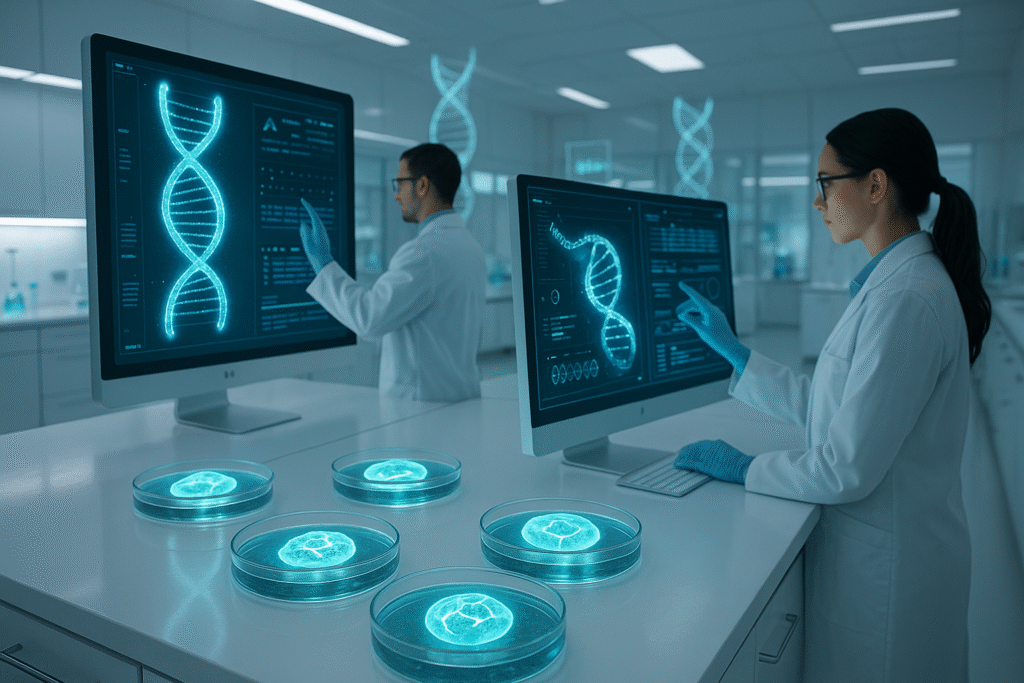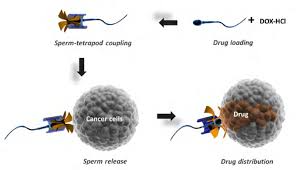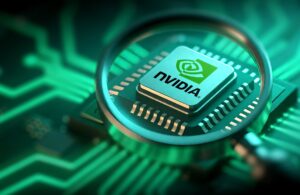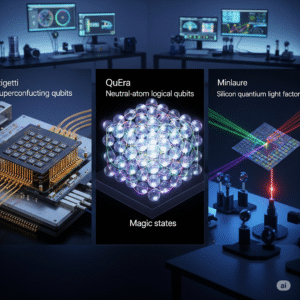A team of bioengineers at MIT has unveiled a groundbreaking development: programmable synthetic cells that function like biological computers. Using custom-designed DNA circuits, these lab-grown organisms can be instructed to perform specific tasks—such as detecting toxins, producing therapeutic proteins, or responding to disease markers in the body.
How It Works: Biology Meets Coding
At the core of the technology are genetic logic gates—the biological equivalent of “if-then” programming commands. These DNA constructs allow synthetic cells to read environmental signals and “decide” how to respond based on pre-programmed instructions.
“We can now create a cell that acts like a biosensor or drug factory, depending on the code we embed,” said Dr. Leila Mansouri, lead author of the study published in Nature.
The cells operate autonomously and are capable of multi-step decision-making, which was previously impossible with traditional genetic engineering techniques.
Applications That Could Change the World
This innovation opens up powerful new applications across medicine, agriculture, and environmental science. Potential uses include:
- Cancer detection: Synthetic cells release a marker in the presence of tumor proteins
- Targeted drug delivery: Cells release medicine only under specific conditions in the body
- Environmental cleanup: Cells that absorb toxins or degrade plastics
- Smart farming: Living biosensors that monitor soil health in real time
Several biotech firms are already in talks to commercialize these programmable platforms for personalized medicine.
Case Study: Detecting Sepsis in Real Time
In a lab simulation, synthetic cells were inserted into a biofluid that mimicked a bloodstream infected with early-stage sepsis. The cells detected inflammatory markers and responded by emitting a glowing enzyme—a signal that could easily be picked up by non-invasive sensors.
This rapid detection could be deployed in ICUs to identify infection hours before current clinical methods allow.
Ethical and Biosafety Considerations
As with any breakthrough in biotechnology, ethical questions are emerging. What happens if programmable cells escape lab environments? Could they evolve or interact unpredictably with natural organisms?
To address this, the team built in several “kill-switches”—genetic self-destruct sequences that trigger cell death outside controlled conditions.
The World Health Organization and the NIH are monitoring such developments closely, with draft bioethics frameworks expected later this year.
The Future of Programmable Life
MIT researchers believe this is just the beginning. Within the next five years, they foresee programmable cell therapies becoming standard for treating chronic diseases like diabetes, autoimmune conditions, and neurological disorders.
More futuristic uses—such as programmable “living




